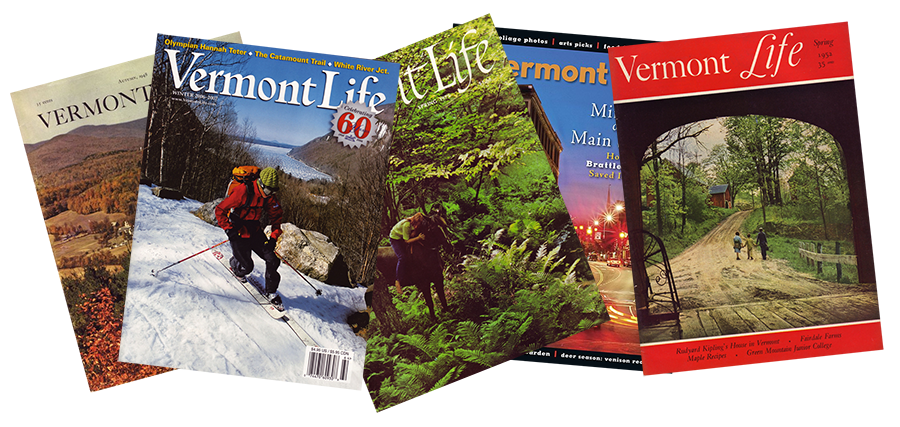Course Description: Students in this course will work collaboratively to build an online history project aimed at a wide audience. Since 1946, Vermont Life magazine has created particular images (visual and in writing and advertisements) of the landscape, culture, and recreational possibilities in the state. Our goal will be to construct a website that examines the evolution of these images and the meaning of the state over time, paying particular attention to consumerism, the environment, tourism, urban-rural contrasts, local food movements, and the ways that race, class, and gender influence all of these. The course is open to all students and requires collaborative work but not any pre-existing technological expertise. 3 hrs. sem. AMR, HIS, NOR.
Course Objectives and Learning Goals: Our objectives and learning goals include: to apply critical thinking and analysis tools to one body of texts, the issues of Vermont Life for the entirety of its run (1946-2018); to experiment with a variety of data analysis and digital tools in analyzing our source and forming and sharing arguments about its cultural importance; to consult appropriate scholarship regarding the analysis of cultural and media texts; to work collaboratively in all of these efforts; to share our analysis with colleagues and peers through the creation of web-based projects; to expand our skills with a variety of digital tools useful to cultural studies and the digital humanities.

